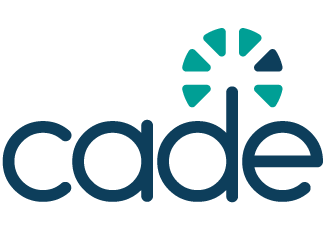Strengthening digital inclusion: The Americans with Disabilities Act’s new digital accessibility regulations
The new regulations mandate that all web content and mobile applications offered by state and local government entities must be accessible, with accessibility measured according to Level A and Level AA criteria outlined in the Web Content Accessibility Guidelines (WCAG) version 2.1.

The Americans with Disabilities Act (ADA), enacted in 1990, has long been a cornerstone in protecting the rights of individuals with disabilities, ensuring equal access to public services, employment, and accommodations. As technology has evolved, the digital realm has become integral to daily life, prompting the need for updated regulations to address accessibility in this sphere.
New ADA digital accessibility regulations
Recognising the shift towards digital services, the U.S. Department of Justice (DOJ) has finalised new regulations under Title II of the ADA, set to take effect on 24 April 2026. These regulations mandate that state and local government entities, including public education institutions, ensure their web content and mobile applications are accessible to individuals with disabilities.
Accessibility, in this context, is defined by compliance with the Web Content Accessibility Guidelines (WCAG) version 2.1, Levels A and AA. This encompasses a broad range of digital content, including but not limited to:
- Websites and web-based platforms, even those requiring authentication (e.g., internal portals, learning management systems).
- Online experiences such as webinars and virtual meetings.
- Third-party digital content is provided through contracts or licenses.
- Various file types, including PDFs, Word documents, PowerPoint presentations, Excel spreadsheets, videos, and audio files.
The regulations also aim to streamline the process for individuals to file complaints regarding inaccessible digital content, enhancing enforcement mechanisms.
Why This Matters
The ADA’s new digital accessibility regulations are a significant step towards inclusivity in the digital age. As government services and educational resources increasingly move online, ensuring that these digital platforms are accessible to all individuals, regardless of disability, is paramount.
By adhering to these regulations, institutions not only comply with legal requirements but also demonstrate a commitment to equal access and opportunity. This fosters an inclusive environment where individuals with disabilities can fully participate in civic life, education, and public services.
Moreover, these efforts align with global movements towards digital accessibility, reflecting a broader societal recognition of the importance of inclusivity in all aspects of life.
As the 2026 compliance deadline approaches, it is imperative for state and local government entities to assess their digital content and take proactive steps to meet these accessibility standards, ensuring that the digital transformation benefits all members of the community.


